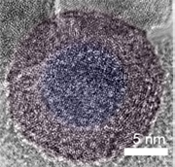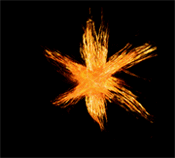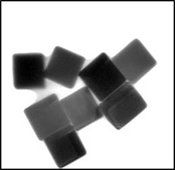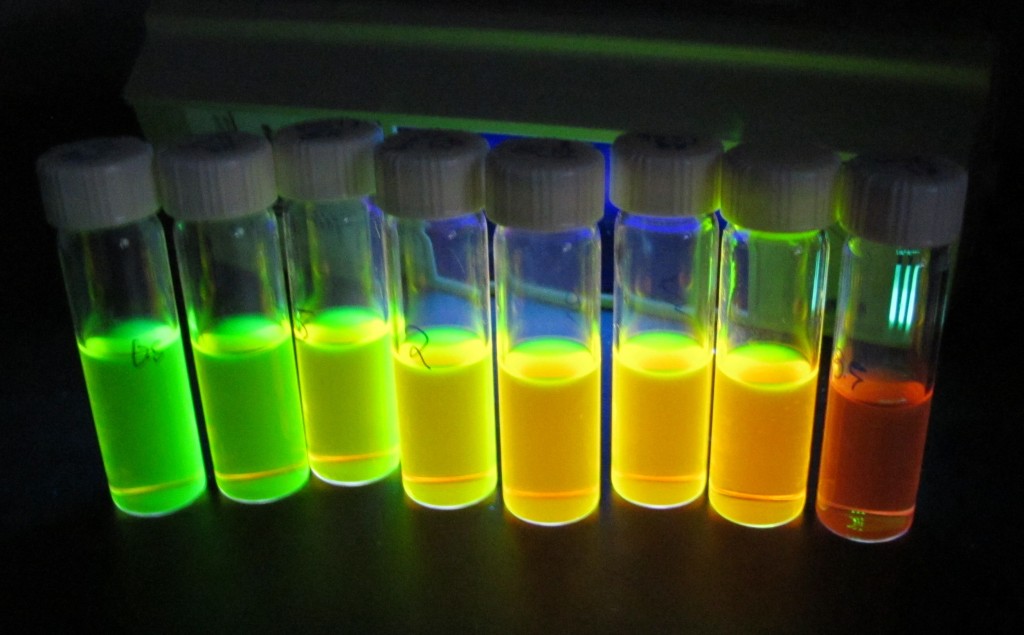


We utilize the “bottom-up” approach to synthesize monodisperse nanoparticles through colloidal chemistry. The size, composition, and shape of these nanoparticles are tuned by controlling reaction conditions. Our aim is to create rational methods for synthetic nanochemistry to spawn a wide array of new nanomaterials for energy applications. Target applications include catalysts, batteries, and thermoelectrics.
In nanoparticles, the size, shape, composition, and interparticle connection all play key roles in determining the physical and chemical properties. Our research therefore not only develops new synthetic techniques but we study the phenomenological influence of external and internal factors on material properties, and the structure-property relations of nanoparticle building blocks.
One key method to develop new nanomaterials is through chemical transformations to nanoparticles. Chemical transformation of nanostructures allows independent control of experimental parameters that are often coupled during conventional synthesis. By modifying as-generated (first generation) nanoparticles we can create new morphologies and compositions with technologically important properties. By studying the chemical transformation process we can learn about the complex pathways and reactivities of nanoparticles.

CdSe quantum dots synthesized by Christian Ocier
Nanoparticle Synthesis and Devices
We utilize the “bottom-up” approach to synthesize monodisperse nanoparticles through colloidal chemistry. The size, composition, and shape of these nanoparticles are tuned by controlling reaction conditions. Our aim is to create rational methods for synthetic nanochemistry to spawn a wide array of new nanomaterials for energy applications. Target applications include catalysts, batteries, and thermoelectrics.
In nanoparticles, the size, shape, composition, and interparticle connection all play key roles in determining the physical and chemical properties. Our research therefore not only develops new synthetic techniques but we study the phenomenological influence of external and internal factors on material properties, and the structure-property relations of nanoparticle building blocks.
One key method to develop new nanomaterials is through chemical transformations to nanoparticles. Chemical transformation of nanostructures allows independent control of experimental parameters that are often coupled during conventional synthesis. By modifying as-generated (first generation) nanoparticles we can create new morphologies and compositions with technologically important properties. By studying the chemical transformation process we can learn about the complex pathways and reactivities of nanoparticles.
CdSe quantum dots synthesized by Christian Ocier